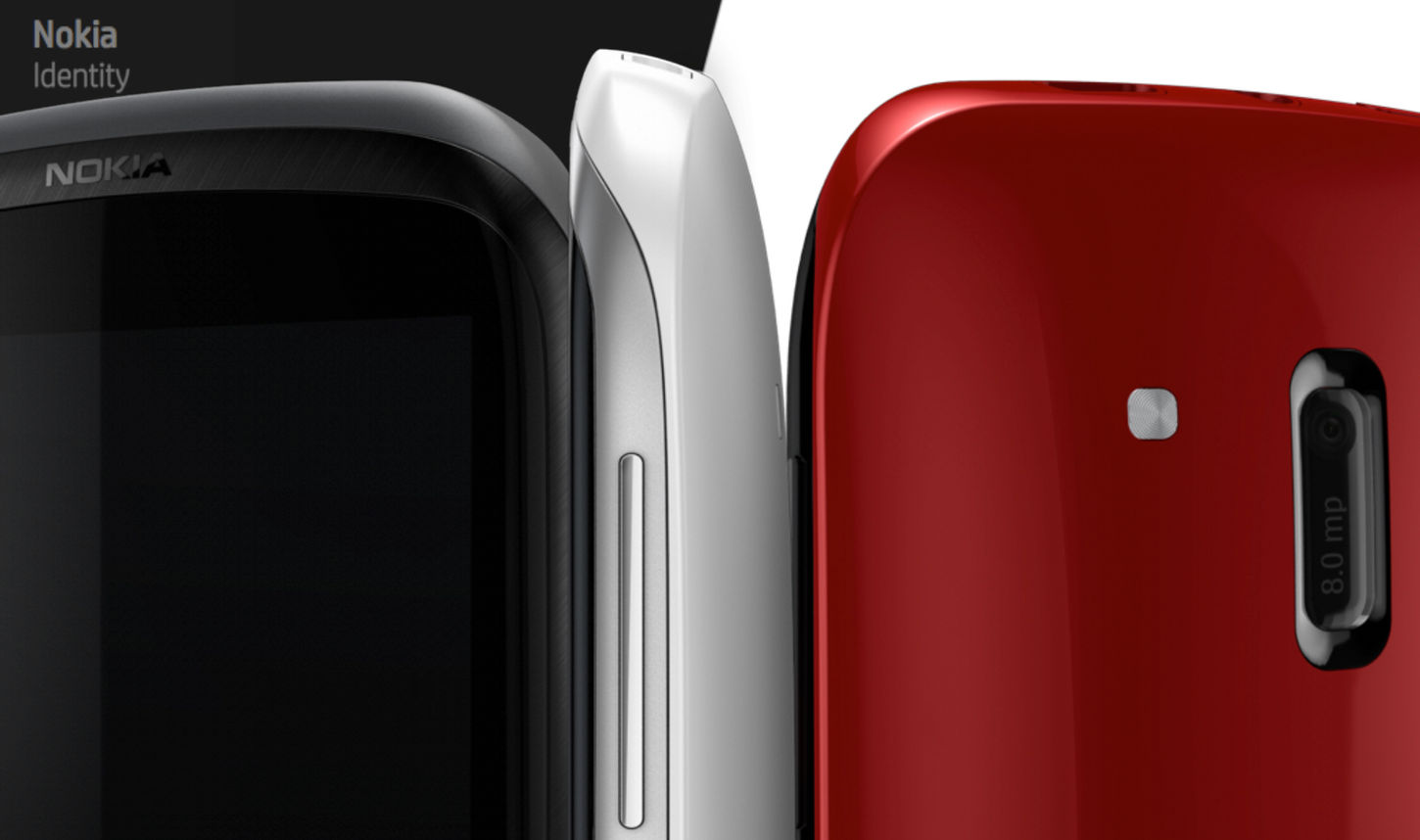Nokia Design
2006 - 2011
I started as a Senior Designer at Nokia in the Broad Appeal team, designing 'general market' feature phones. I moved to the Lifestyle team, and managed the ID team working on music and fashion phones including the 5800 series which sold over 25 million units.
I moved to a Principal Design role where I led global initiatives such as long-term innovation roadmaps, and the creation of a unified design language across the portfolio.
Nokia Core

Role
Under the leadership of our VP of Category Design, I worked across the global design teams (UK, Finland, California) to collaboratively explore a form language that could unify the portfolio. I led workshops, created identity directions and handset concepts, while coordinating the global project with leadership.
Challenge
By 2009, Nokia claimed almost half the global market. The business was divided into categories, each with a distinct design language and strategy. As Nokia prepared to streamline its portfolio as a Microsoft subsidiary using Windows-Phone OS, I was asked to create a design system integrating those business units into a single identity that would flex across Lifestyle, Multi-media, Entry, Business, and Mainstream categories.
Process
The selected creative direction came from Nokia's brand mission; "Connecting People in New and Better Ways" - finding the intersection between People and Advanced Technology as a design expression.
We created a design system with two parts that combine in an intriguing and fluid way; a digital display portion to showcase content and a physical part with superior tactile and aesthetic qualities.
This was exercised across teams and categories to dial in a unifying identity. I then led the team to create a guideline document that included the design philosophy, working examples for dozens of handset variants, a CMF strategy, and rules for graphic and brand applications.
Result
The resulting design identity was exercised across the portfolio. Flexing from emotive, expressive product lines through to pragmatic, businesslike devices flexing the design system through form, detail and CMF. And ranging from budget emerging market solutions to cutting-edge smartphones. The design strategy was successfully rolled out across the portfolio in 2011 as a unified identity under Microsoft ownership.


